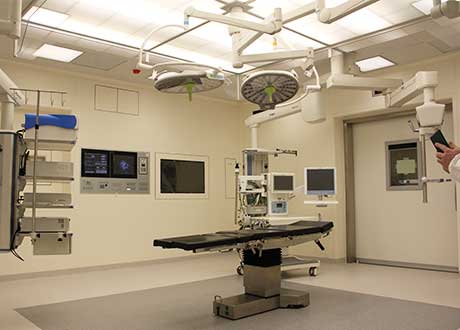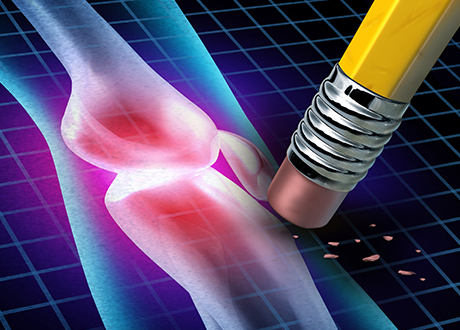Do Healthcare Institutions Need a Chief Innovation Officer?
Everyone wants to think that their innovation program is going to change the world and that feeling persists, because successful innovation programs can have enormous real-world returns. Businesses can save millions of dollars, new business models can disrupt markets, but some of the most impactful innovation efforts are genuinely in the healthcare space. Not only does healthcare innovation overall save the system money (for every dollar spent on innovative medicines, total healthcare spending is reduced by $7.20) but it also has the power to truly save lives as evidenced by research that states “between 1980 and 2010, medical advancements helped add 5 years to U.S. life expectancy.”







